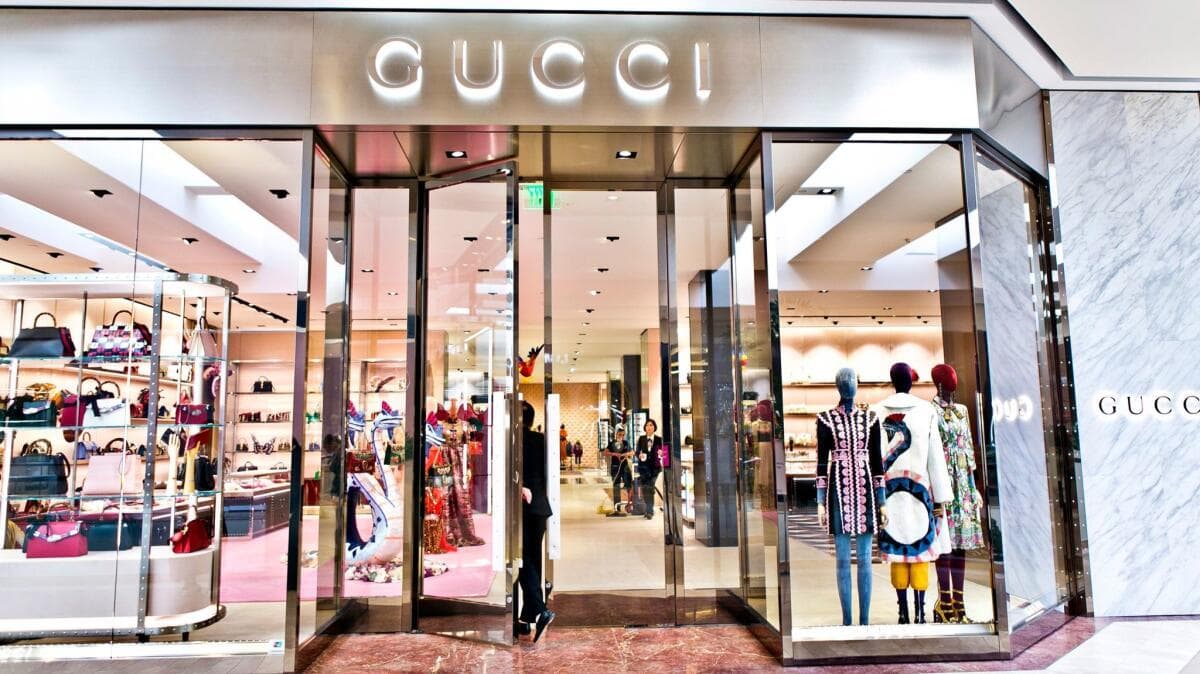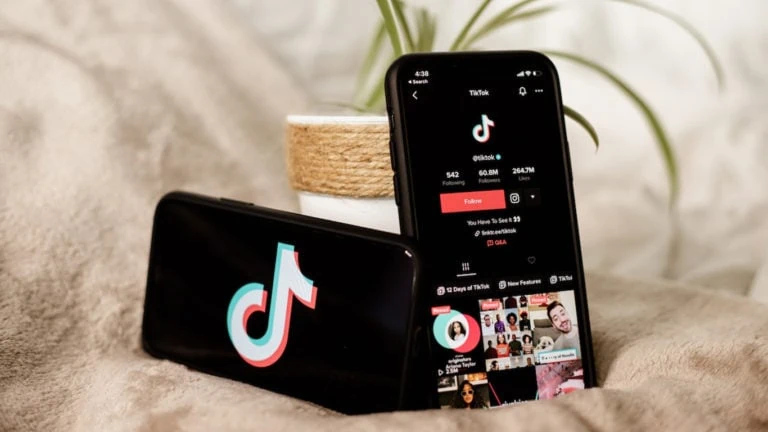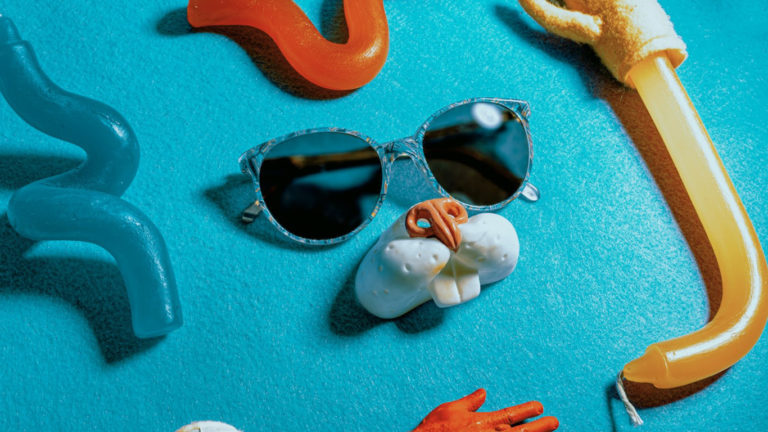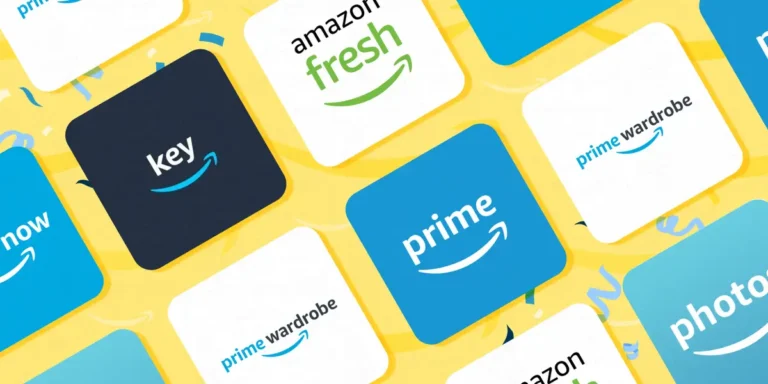3 Tips For Successful Luxury Branding
Imagine entering a store where every item seems to whisper, “I am special.” The air smells like sophistication, the ambiance radiates exclusivity, and the products?
They’re not just commodities but artifacts of a lifestyle you aspire to. Welcome to the world of luxury branding.
Have you ever wondered how some businesses manage to turn their products into status symbols and their names into legends? In that case, you’re in the right place.
We’re pulling back the velvet curtain on luxury branding, offering examples, and dishing out tips for injecting a dash of luxury into your business venture.
Are you ready to elevate your brand from merely ‘known’ to ‘iconic’? Stick around, and I’ll show you the best paths to take with some key luxury branding examples.
Key Takeaways (TLDR)
- Luxury branding is about selling a lifestyle and an identity, not just products.
- Luxury sector businesses compete on perception and emotion rather than price.
- An elite story rooted in the brand’s identity and values is critical for building authenticity.
- Luxury brands emphasize meticulous quality over quantity in every aspect of their business.
- Exclusive partnerships in luxury branding elevate both brands involved.
Defining Luxury Branding and Why It Matters
So, what is luxury branding? Simply put, luxury branding is not just about selling products; it’s about selling a lifestyle, an experience, and a strong brand identity that sets consumers apart from the herd. High-quality materials, unparalleled craftsmanship, and an air of exclusivity are the cornerstones of luxury brands. Businesses that successfully tap into this realm don’t compete on price; they compete on perception and emotional connection.
Why should you care? According to a report by Bain & Company, the global luxury market was valued at approximately $1.4 trillion in 2022. That’s right, trillion with a ‘T’. The appetite for premium products and experiences is not just present; it’s growing. Adopting elements of high-end branding can set your business apart, build stronger customer loyalty, and allow you to command higher prices.
Tips and Examples For Building A Luxury Brand
1. Craft an Elite Story
In the world of luxury branding, a compelling and illustrious story isn’t just an optional add-on; it’s an essential cornerstone. You’re not just selling products or services; you’re selling a narrative that the consumer can be a part of. Crafting an elite story means creating an aspirational journey that appeals to your target audience’s deepest desires and highest ambitions.
Why an Elite Story Matters
An elite story is the backbone of your brand’s identity, establishing its history, values, and vision for the future. According to a study published in the Journal of Brand Management, storytelling can significantly impact a brand’s perceived authenticity and customer loyalty. That’s a big deal, especially in a crowded market where trust and emotional connection are crucial differentiators.
The Story of Chanel
Take the iconic fashion house Chanel, for example. Founded in 1910 by Gabrielle “Coco” Chanel, the brand revolutionized the fashion industry by liberating women from the corseted silhouette, popularizing the ‘little black dress’ and making sportswear elegant.
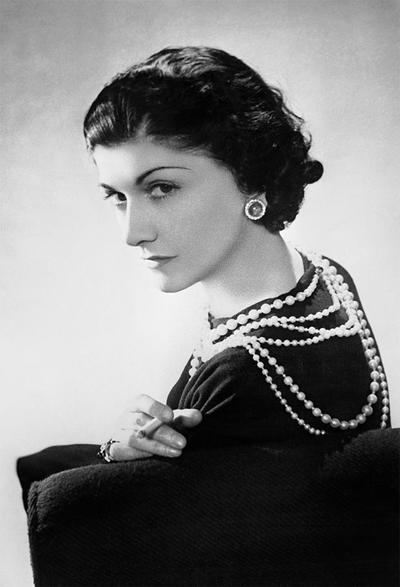
However, what takes Chanel from a fashion house to a symbol of luxury is its story. Gabrielle Chanel’s journey from an orphan to one of the most influential fashion designers of the 20th century has been glorified through brand narratives, adding layers of allure and exclusivity to its products.
Chanel doesn’t just sell perfumes or handbags; it sells the idea of timeless elegance, fierce independence, and groundbreaking creativity. The brand even took storytelling to another level with a short film, “Once Upon A Time,” directed by Karl Lagerfeld, which recounts the brand’s humble beginnings.
According to Business of Fashion, storytelling like this has helped Chanel maintain an unparalleled aura of luxury for over a century.
How to Craft Your Elite Story
- Origins: Where did your brand come from? What struggles or triumphs led to its creation?
- Vision: What does your brand aspire to achieve? What is the utopia your product or service hopes to create?
- Values: What ethical or aesthetic principles define your brand? These will serve as your brand’s moral compass and should be reflected in every business decision.
- Characters: Who are your brand story’s heroes, mentors, or antagonists? These could be the founders, the artisans who craft your products, or even the customers who benefit from them.
- Arc: What is the transformative journey your brand promises? Thanks to your product, this could be as simple as the customer’s evolution from problem to solution.
Creating a rich, elite story for your brand might take time and deep introspection, but the results are often worth the effort. By tapping into the desires and aspirations of your audience through a compelling story, you’re not just making a one-time sale; you’re inviting them to be part of a grand, lifelong adventure.
My Personal Experience: Society of the Spectacle Co.
In 2007, fresh out of college, my sister and I began a venture into fashion when we launched the new luxury fashion brand “Society of the Spectacle.”
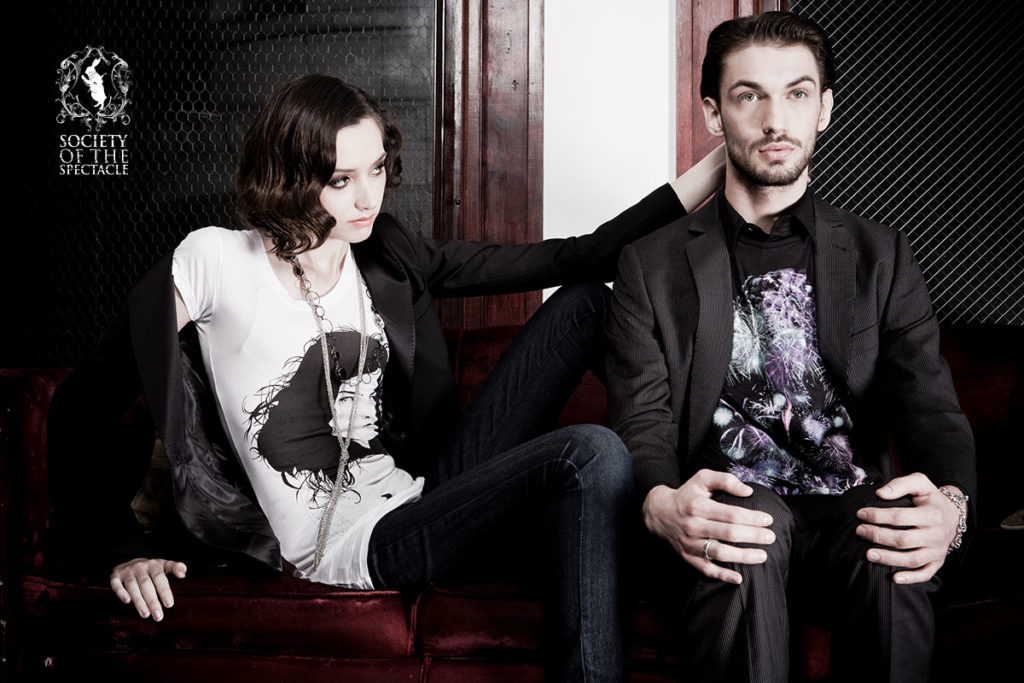
Our origins were humble. However, we’ve had years of experience in the luxury market. My experience as a branding consultant for some subsidiaries of the LVMH (Louis Vuitton, Moet Hennessy) conglomerate and my sister’s relationships with high society socialites.
Our vision was to create a fashion brand that was not only high quality but was built on the principle of bringing awareness of social issues to high fashion in a fashionable way. As such, we sourced the highest quality sustainable fabrics and used luxury details from our hang tags to packaging, all of which justified retail prices that started as much as $140 for a simple t-shirt, which was marked up to $400 at some retailers.
Although my sister and I played a key role as characters in our brand, where it really took off was among the Hollywood celebrities of the time. We started visiting high-end niche stores in Beverly Hills, sharing our story. Some of the first stores that picked up our brand included Fred Segal and Kitson, two highly popular retailers often frequented by Southern California’s elite.
Soon after our products hit the racks, our clothing was spotted on Anne Hathaway on the set of Bride Wars in a full-page feature in People magazine. Soon, her stylist, among others, began contacting us to give them more. Shortly after, we saw more celebrities wearing our clothing, from Selena Gomez to Linkin Park. It was the brand of choice for Adam Lambert, who wore it regularly as he sang his way towards the American Idol finale.
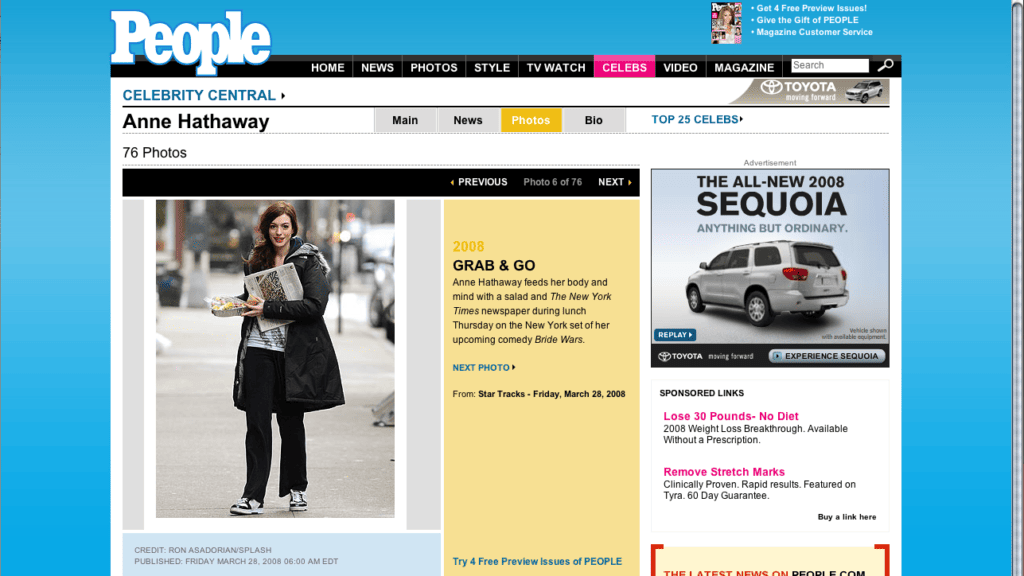
The combination of all these aspects, origins, vision, values, and characters all play a critical role in its early success. While the characters certainly pushed it, the origin and vision allowed us to find a place in Nordstrom and Saks Fifth Avenue. Having only one aspect would not have been enough to convince retailers that there was a solid foundation for a long-term partnership.
2. Quality Over Quantity:
One of the hallmark traits of luxury brands is the meticulous focus on quality over quantity. This isn’t just about using superior materials or having an expert workforce; it’s a comprehensive strategy that permeates every aspect of the business, from product development to customer service. But how does this work in practice, and what makes this principle so effective for the most popular luxury brands? Let’s take a closer look.
The Hermès Birkin Bag: An Emblem of Quality
One of the most iconic examples that illustrate the focus on quality over quantity is the Hermès Birkin bag.
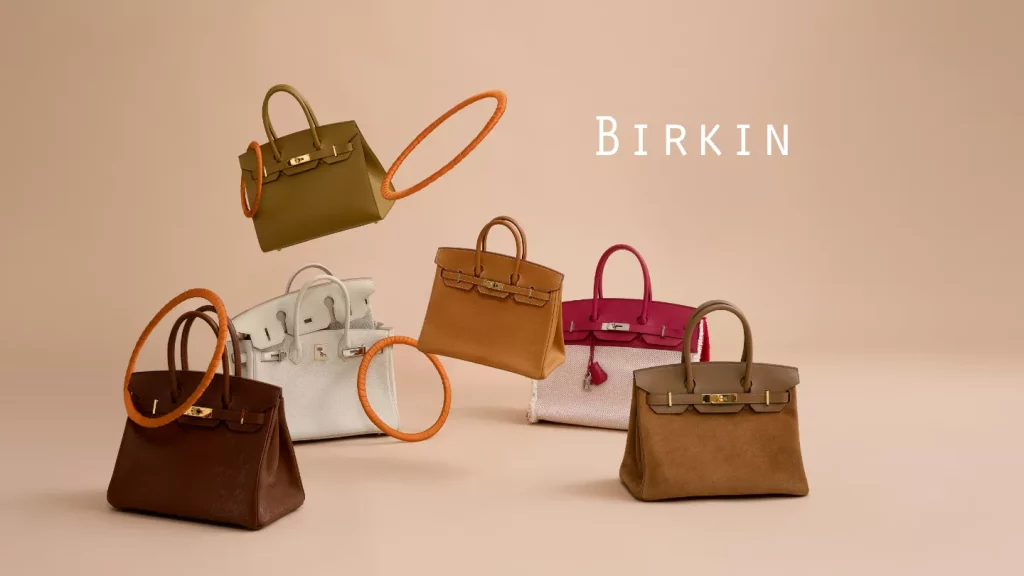
These bags are not mass-produced on a factory line. Instead, a single artisan handcrafts each bag, which can take up to 48 hours. The result? A product so in demand that it even has its waitlist. The prices for a Birkin bag can range from $10,000 to $500,000, depending on the materials used.
According to Business Insider, a Birkin bag is a better investment than gold or the stock market, appreciating in value by 14% each year since its 1984 launch.
Limited Releases and Scarcity: The Supreme Strategy
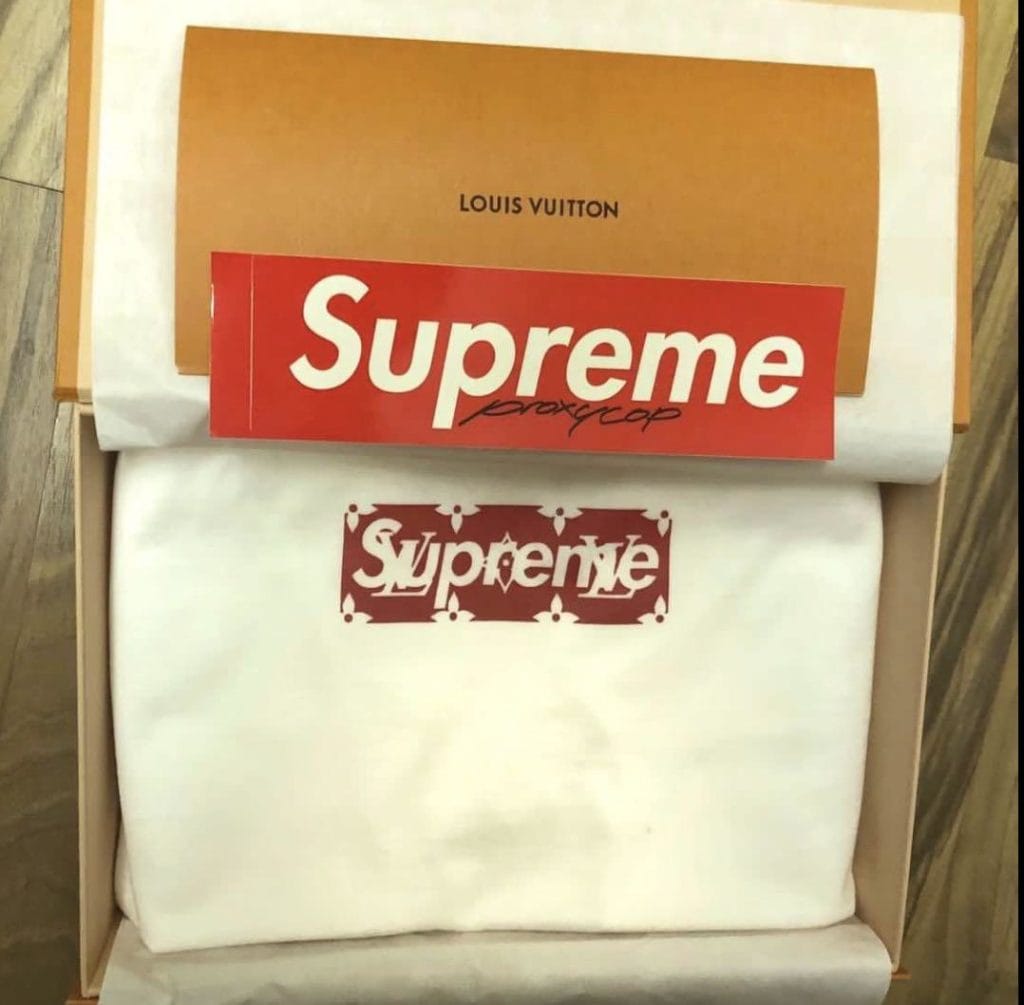
Streetwear brand Supreme has turned the principle of “quality over quantity” into a highly effective business model. By intentionally limiting the number of their releases, they create a sense of urgency and an exclusivity factor.
A single Supreme T-shirt, priced initially at around $32, can sell for hundreds in the resale market. Forbes notes that Supreme’s branded products have gone for up to 1,400% of the retail price in secondary markets.
The Craftsmanship of Rolls-Royce
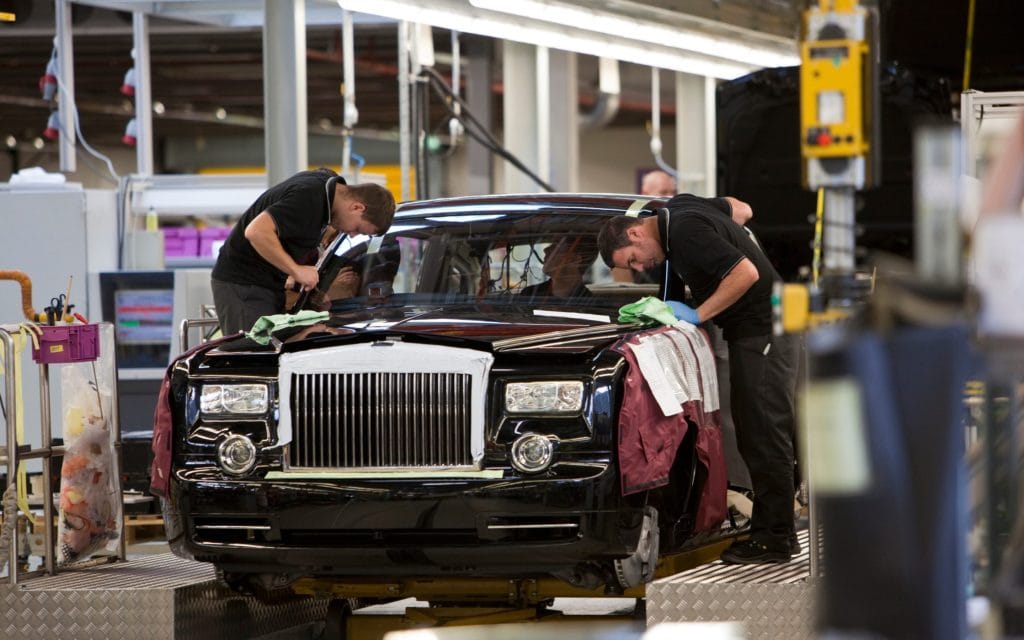
When you think of Rolls-Royce, you’re not just thinking of a car; you’re considering a masterpiece on wheels. Every Rolls-Royce vehicle is almost entirely handcrafted, and customers can even meet the artisans who build their cars. According to a piece by CNN, it takes several months to create one Rolls-Royce car, with the painting alone taking a week to complete.
Why Quality Over Quantity Matters
This isn’t just about selling products; it’s about establishing a legacy. Brands that focus on quality over quantity rarely have to compete on price. Their customers aren’t looking for a deal; they’re seeking an experience and a product that transcends the norm. Such premium brands find themselves in a unique position, free from the restrictions of traditional competitive landscapes.
Final Thoughts On Quality
In luxury branding, quantity takes a backseat to unparalleled quality. This principle transforms brands into timeless icons and commodities into coveted artifacts. By concentrating on delivering superior quality in limited quantities, luxury brands like Hermès, Supreme, and Rolls-Royce elevate their brand value and create a customer experience that is literally second to none.
3. Exclusive Partnerships:
When discussing exclusive partnerships in the luxury industry and branding, we’re referring to collaborations that add prestige and allure to an already high-value brand. It’s like a marriage of aristocrats; both parties bring their unique traits to the table, resulting in a partnership that elevates each other’s standing. The objective isn’t merely to provide a product or a service but to produce a phenomenon. This experience echoes the exclusivity and luxury of both brands involved.
Let’s consider the collaboration between Aston Martin and Tag Heuer. When these two powerhouses joined forces, they didn’t just make a car or a watch; they produced luxury items that screamed speed, performance, and opulence.
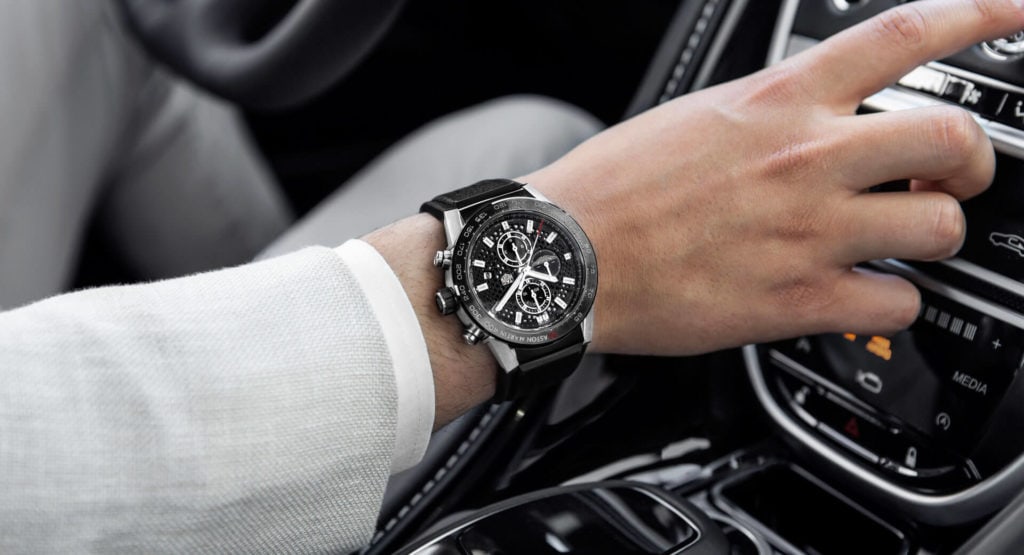
Aston Martin, a name synonymous with high-performance vehicles, lent its automotive genius. At the same time, Tag Heuer, a master of luxury timepieces, added its intricate craftsmanship to the mix. The result? A limited-edition Tag Heuer Carrera inspired by Aston Martin’s design cues and a Tag Heuer branded Aston Martin car. Talk about rolling (or ticking) in style!
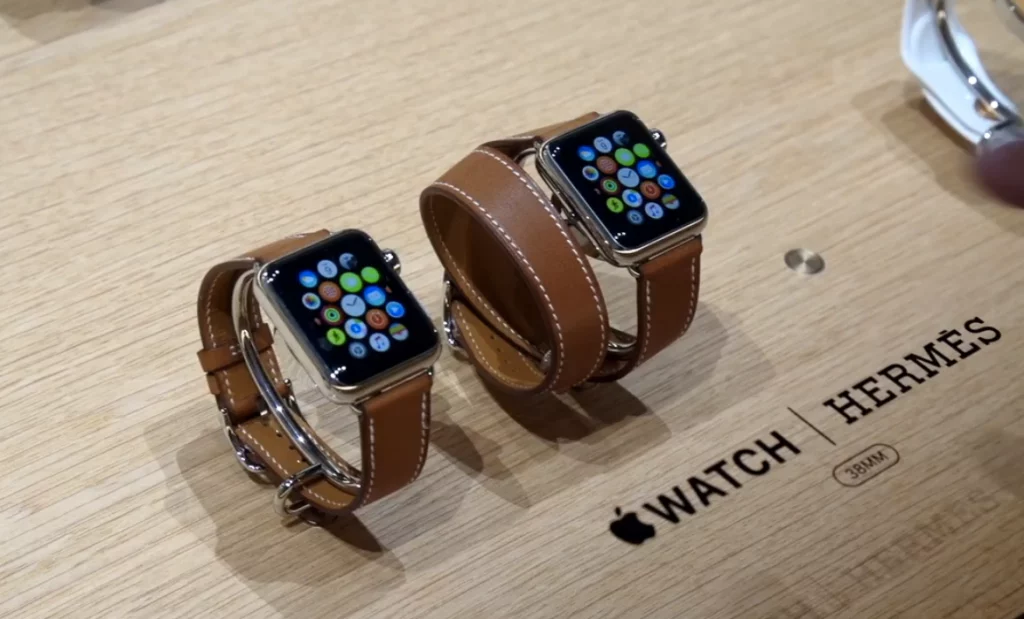
Another celebrated example is the collaboration between Apple and Hermès, which gave birth to the Apple Watch Hermès collection. Apple brought its tech-savvy innovation, and Hermès provided its high-end leatherwork. The result was a wearable that was both smart and incredibly chic. According to a report by Vogue, this partnership allowed both brands to venture into new market segments they previously hadn’t touched.
Key Takeaways for Your Business
- Mutual Benefit: Consider what both brands can offer for an exclusive partnership. The collaboration should amplify each brand’s unique qualities, not overshadow them.
- Market Alignment: The partnership should make sense to the consumer. A luxury cosmetics brand partnering with a high-end car manufacturer might raise eyebrows unless executed impeccably.
- Scarcity Factor: Luxury collaborations often involve limited releases, adding an additional layer of exclusivity. Ensure that your partnership adheres to this principle to maintain brand integrity.
So, if you’re a budding luxury goods brand—or an established one looking to diversify—consider forging an exclusive partnership. But remember, this is a dance that requires two equally graceful partners.
Choose wisely, and your brand could become part of a legacy that has been talked about for generations.
Key Considerations
Target Audience
Understanding your target audience is not just crucial; it’s foundational in luxury branding. Brands that master the art of luxury know precisely who their customers are, down to the most minor details—from age and location to lifestyle and aspirations.
Consider the example of Tiffany & Co., the iconic American luxury jewelry retailer. According to a study by McKinsey & Company, millennials are set to become the most significant demographic for luxury consumption, accounting for nearly 40% of the market by 2025.
Aware of this shift, Tiffany has launched campaigns and collections aimed at younger consumers without alienating their older, more traditional customer base. The move paid off, contributing to a 7% increase in jewelry brand and worldwide net sales in 2019.
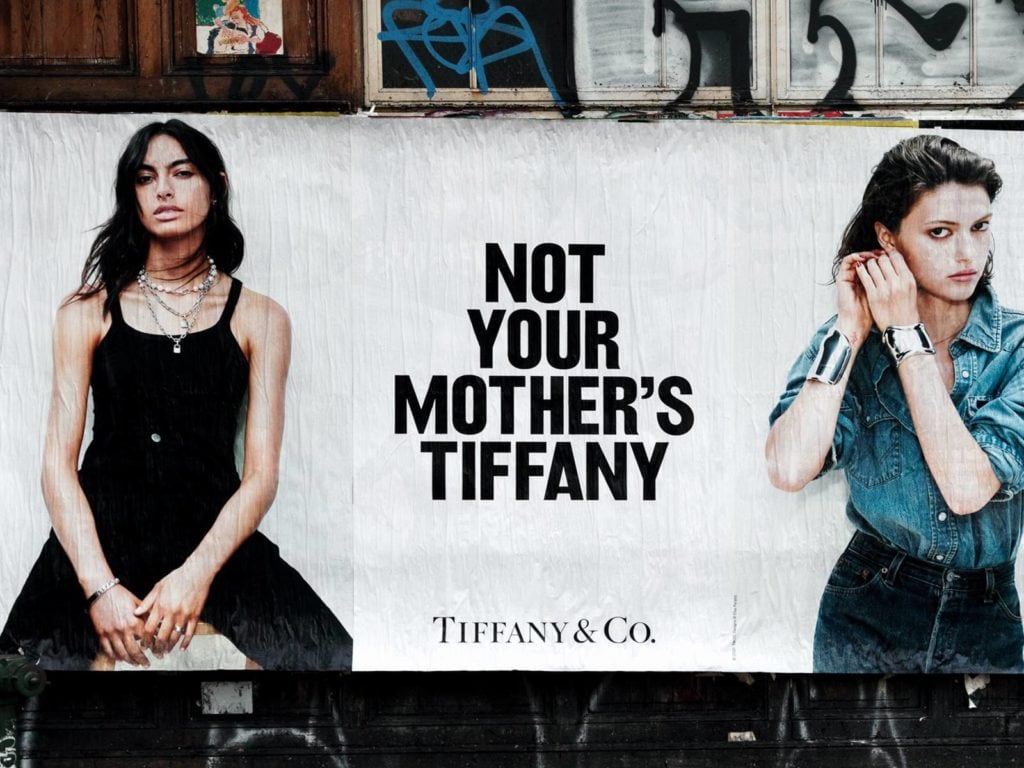
Or take the luxury car manufacturer Rolls-Royce. They know their clientele isn’t just wealthy and values exclusivity and personalization. Their Bespoke program allows customers to customize everything from the color palette and the paint color to the type of stitching on the seats, enabling an exclusive experience that aligns with their target audience’s preferences.
Rolls-Royce reported that nearly every Phantom, their flagship model, is ordered with some bespoke element. Luxury branding examples like this demonstrate how well they understand and cater to their customers.
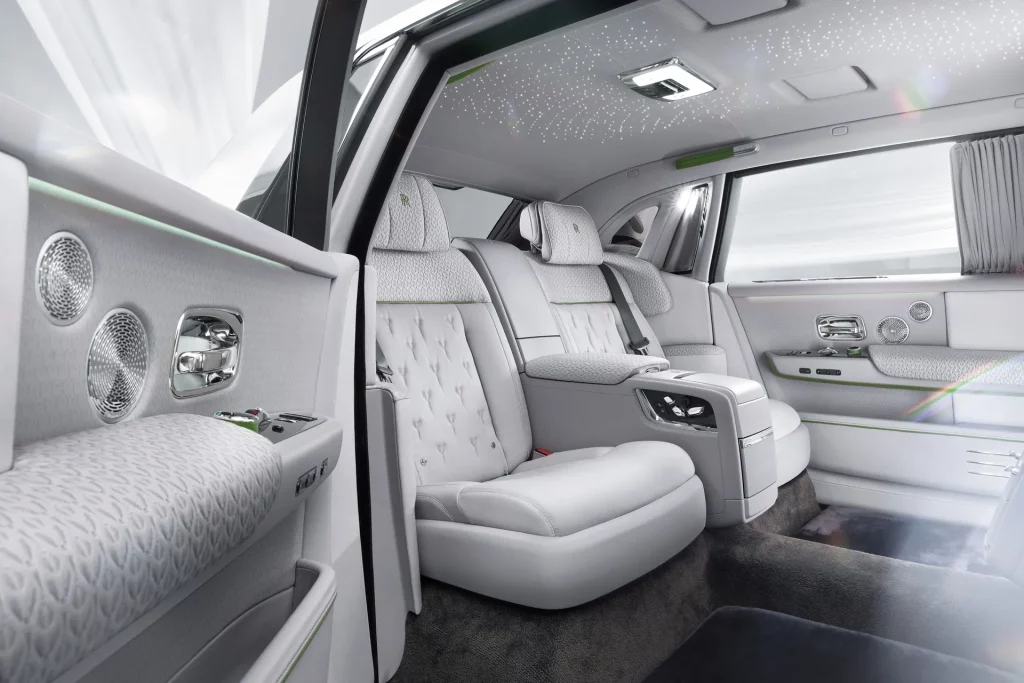
The bottom line? Knowing your target audience enables you to tailor your products, messaging, and overall brand experience, thus creating an emotional bond that generic branding can’t replicate. Luxury consumers are not just buying a product; they’re investing in a piece of a world they aspire to be a part of. Your role is to make that world as irresistible and fitting as possible.
Consistency
One of the most overlooked yet critical components of luxury branding is consistency. From how your products are packaged to the user experience on your website, maintaining a consistent brand image is non-negotiable.
Think about it: inconsistency sends mixed signals, diluting the brand’s core message and, in the process, its perceived value. But when every touchpoint aligns perfectly with your brand identity, you create a seamless, unified experience that enhances your luxury standing. Let’s look at some real-world examples to drive the point home.
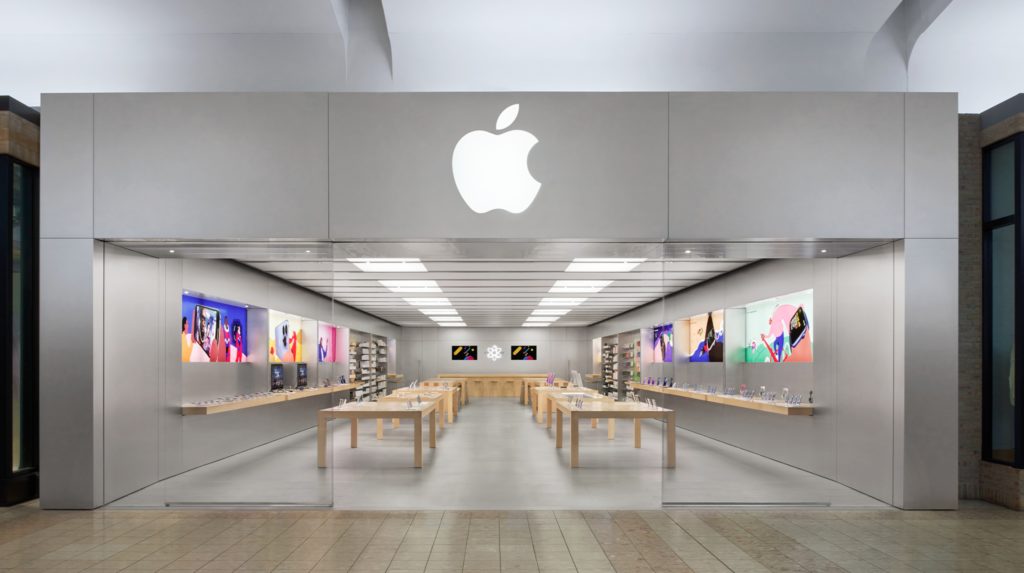
Take Apple, a brand synonymous with luxury technology. Apple’s consistency is evident from its product design to its retail experience. The clean lines of their devices match the minimalist aesthetic of their stores and their website. According to Forbes, this consistency is one reason Apple reached a record-breaking $3 Trillion market value in 2023.
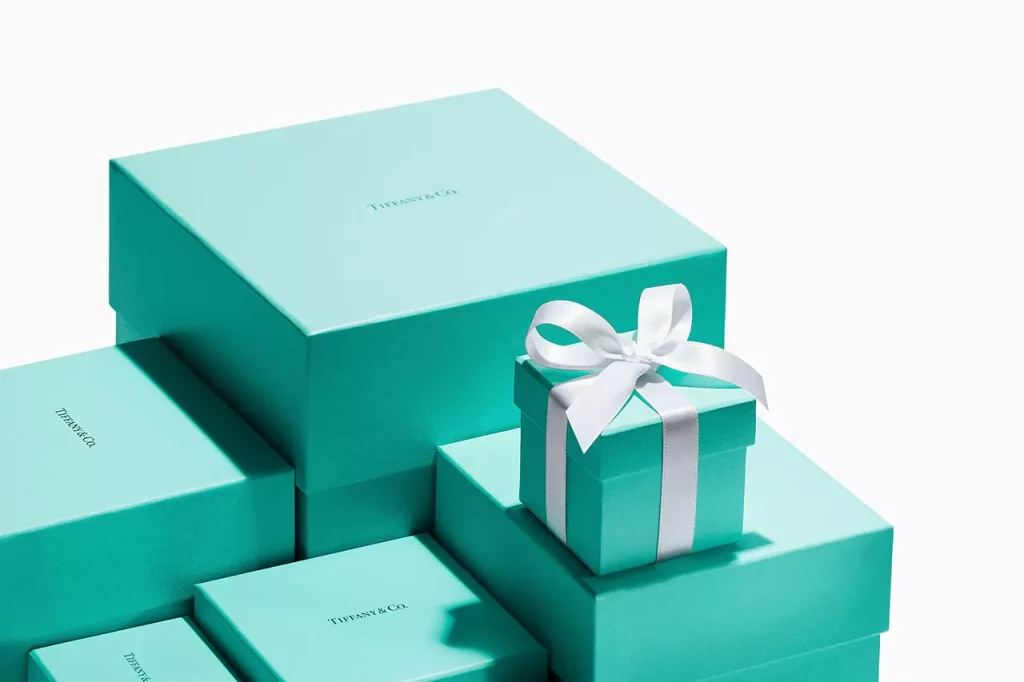
Another compelling example is Tiffany & Co., known for its iconic robin’s-egg blue box. This consistent packaging creates an instantly recognizable and emotional connection with consumers.
To maintain consistency:
- Visual Identity: Keep a uniform color scheme, typography, and logo across all platforms.
- Messaging: Use a consistent tone and language that speaks directly to your target audience.
- Quality: Every product or service must meet the high standards set by your brand.
So, if you’re ready to brand like the elites, remember inconsistency is your enemy. Every detail counts when curating an experience that screams ‘luxury,’ failing to maintain that level of attention could mean missing out on customer loyalty and, ultimately, profits.
Avoid Discounts
Ah, discounts. They’re the bread and butter of many marketing strategies, tempting hordes of budget-conscious shoppers willing to pay part with their hard-earned cash. But when it comes to luxury branding, offering discounts can be akin to shooting yourself in the foot with a diamond-encrusted gun. Why? Because discounts could dilute the very essence of luxury: exclusivity and high perceived value.
Allow me to elaborate on real-world instances. Take Burberry, for example. In the early 2000s, Burberry faced an image crisis due to an over-extension of its trademark check pattern, leading to brand devaluation. Even worse, they offered these diluted products at discounted prices, which was exacerbated by knock-offs.
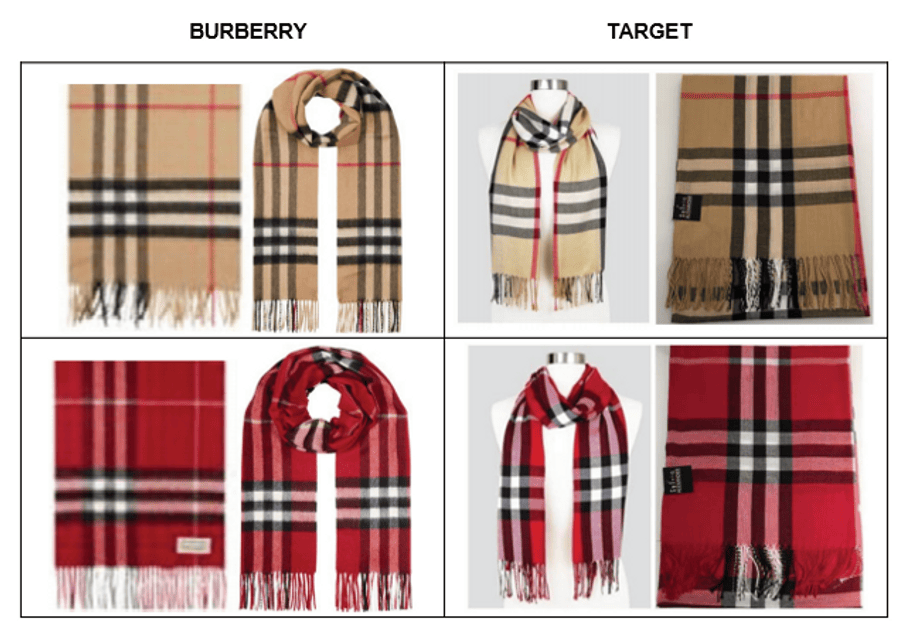
When Target began creating products that resembled the iconic Burberry pattern, they were quickly sued by Burberry, who argued that the mere imitation caused their brand to become associated with mass-market appeal rather than luxury exclusivity, which diluted their brand. It took years of rebranding and moving away from discounts and tighter control of the brand to regain its former luxury label status.
If you want your brand to be seen as a hallmark of quality and luxury, resist the call of discounting. Instead, focus on creating unparalleled value that justifies your premium price tag. By avoiding discounts, you’re not just maintaining prices; you’re preserving the aura that attracts customers to most luxury brands — the allure of belonging to an exclusive club that’s not for everyone.
When you offer a discount, you risk being downgraded from that plush VIP room to the overcrowded main hall. And let’s face it. Nobody aspires to be in the main hall when they could be living it up in the VIP room.
Wrapping It Up
Luxury branding is not just a marketing strategy; it’s a commitment to excellence that turns customers into loyal advocates and products into timeless classics. If you’re looking to distinguish your brand and occupy a unique space in the consumer’s mind, the world of luxury labels is where you want to be. So add that sparkle of exclusivity to your brand, and watch it become a legend.
With examples, stats, and concrete tips at your fingertips, the path to luxury branding success is now open. Elevate your business from the ground to the penthouse. After all, who wouldn’t want a slice of that trillion-dollar pie?
Frequently Asked Questions
What is the concept of luxury branding?
Luxury branding goes beyond product marketing to create an aspirational lifestyle, an exclusive identity, and a captivating narrative that resonates with consumers. It elevates a brand from a mere commodity to an emblem of status, often commanding premium prices and evoking strong emotional attachments.
What are the rules of luxury branding?
The cardinal rules of luxury branding include Crafting an elite and compelling brand story. Maintaining an unwavering focus on quality over quantity. Sustaining an aura of exclusivity. Additionally, consistent messaging across all platforms and avoiding discounts are essential in preserving a brand’s luxurious image.
What are the 3 major characteristics of a luxury brand?
The three primary characteristics that distinguish a luxury brand are a rich story that captivates the audience, unparalleled craftsmanship and quality, and an exclusivity that sets it apart from the mass-market offerings of high-end brands. These elements work together to build a brand consumers perceive as valuable and aspirational.
What is an example of luxury co-branding?
An example of famous luxury brands using luxury co-branding is the collaboration between Aston Martin and Tag Heuer. This partnership marries the elite worlds of high-end automobiles and luxury watches, resulting in products that are more than the sum of their luxurious parts, thereby amplifying the desirability and exclusivity of each brand.

